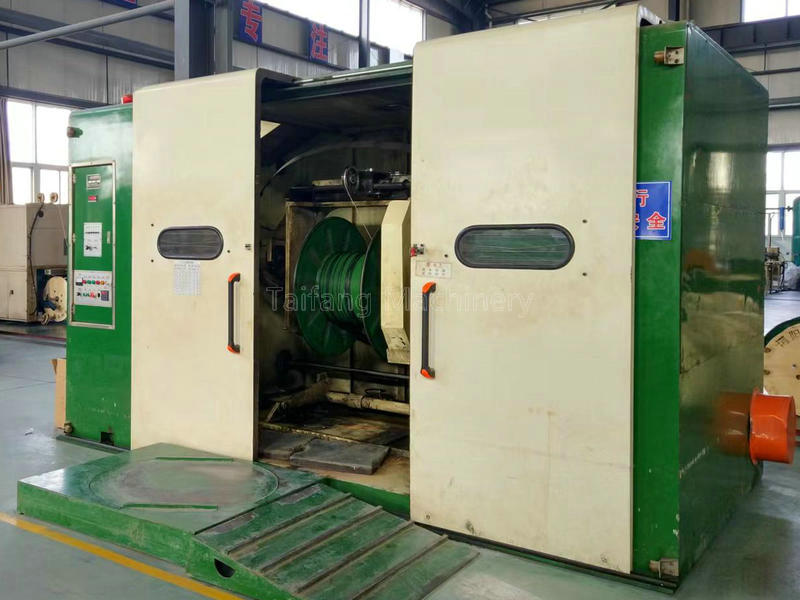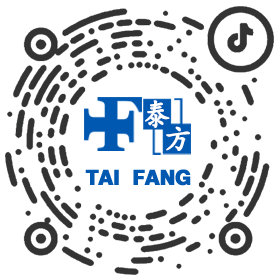
In the realm of industrial manufacturing and electrical engineering, precision instruments play a vital role in producing high-quality products. One such instrument is the copper stranding machine, an indispensable piece of machinery that ensures the production of stranded copper wires. These wires are critical components for various applications including telecommunications, power transmission, and data cabling. This guide delves into the world of copper stranding machines, exploring their functionality, significance, and impact on the industry.
What is a Copper Stranding Machine?
A copper stranding machine, also known as a stranding machine or simply a strander, is a specialized device designed to twist multiple strands of copper wire together into a single, stronger cable. This process not only enhances the mechanical strength of the wire but also improves its flexibility and durability, making it more suitable for extensive use in electrical and electronic systems.
The Functionality of a Copper Stranding Machine
The operation of a copper stranding machine involves feeding individual copper wires into the machine, where they are twisted around each other according to specific patterns and tensions. The number of strands, the direction of twist, and the tightness of the strand can all be precisely controlled to produce different types of stranded wires. This versatility allows manufacturers to create wires tailored to meet the unique requirements of diverse applications.
Importance of Copper Stranding in the Industry
Stranding copper wires using these machines is crucial for several reasons:
Improved Strength: By twisting multiple strands together, the resultant wire boasts greater tensile strength compared to a single wire of the same gauge.

Enhanced Flexibility: Stranded wire is more flexible than solid wire, allowing it to withstand repeated bending without breaking.
Durability: The intertwined structure makes stranded wire more resistant to wear and tear during installation and operation.
Electrical Performance: Properly stranded wires exhibit better conductivity and reduce the likelihood of overheating under load.
Applications Across Various Industries
Copper stranding machines find widespread use across multiple sectors:
Telecommunications: For creating cables used in phone lines and internet connections.
Power Transmission: In the production of cables that transmit electricity over long distances.
Electronics: Manufacturing internal wiring for computers, appliances, and other electronic devices.
Automotive: Producing wire harnesses for connecting various components within vehicles.
Advancements in Copper Stranding Technology
With advancements in technology, modern copper stranding machines come equipped with sophisticated features such as programmable controls, automatic tension adjustments, and real-time monitoring systems. These innovations ensure higher efficiency, consistency, and quality in the stranding process, meeting the evolving demands of industries.
Conclusion
The copper stranding machine stands at the heart of wire processing, playing a pivotal role in enhancing product performance and reliability. Its ability to transform individual copper wires into robust, flexible, and durable stranded wires underlines its importance in contemporary manufacturing processes. As industries continue to progress, so too will the technology behind copper stranding machines, ensuring they remain at the forefront of innovation and productivity.
Copyright ? 2009-2024 All Rights Reserved. 蘇ICP備12081599號
XML地圖


 在線Q Q
在線Q Q 